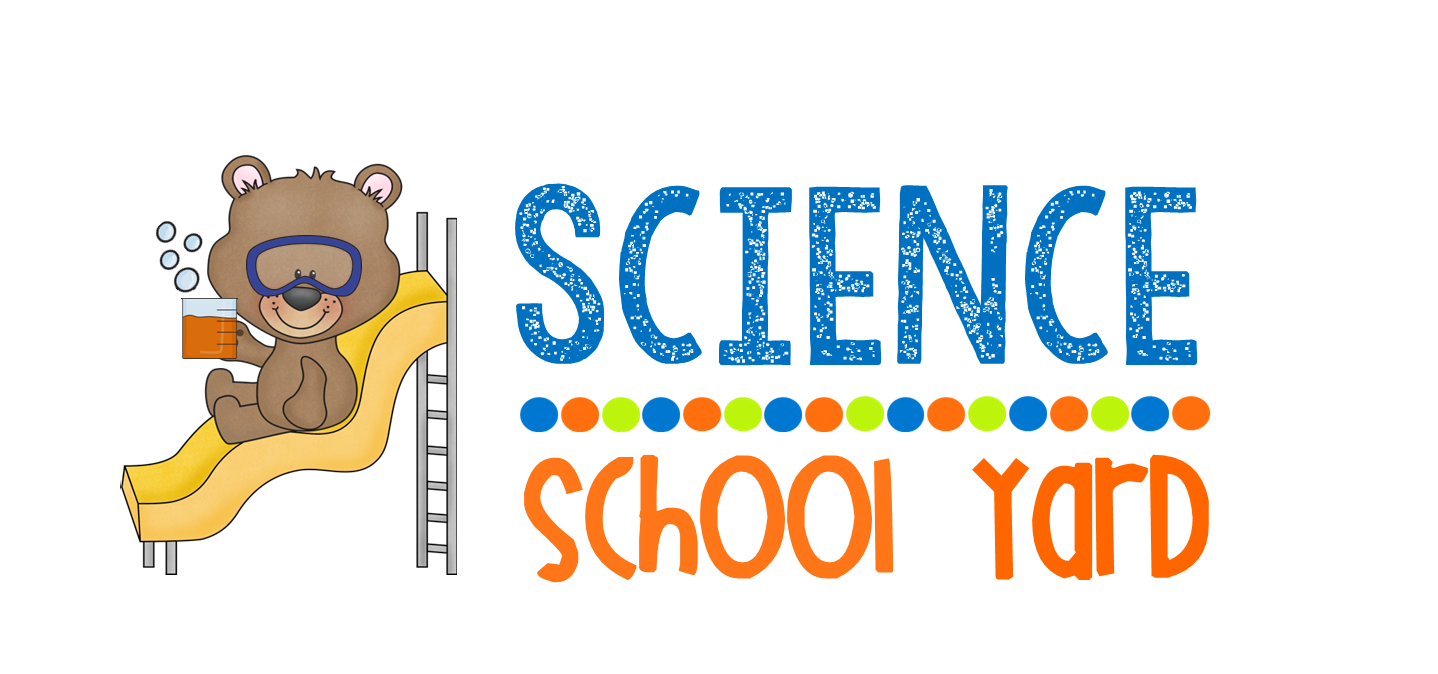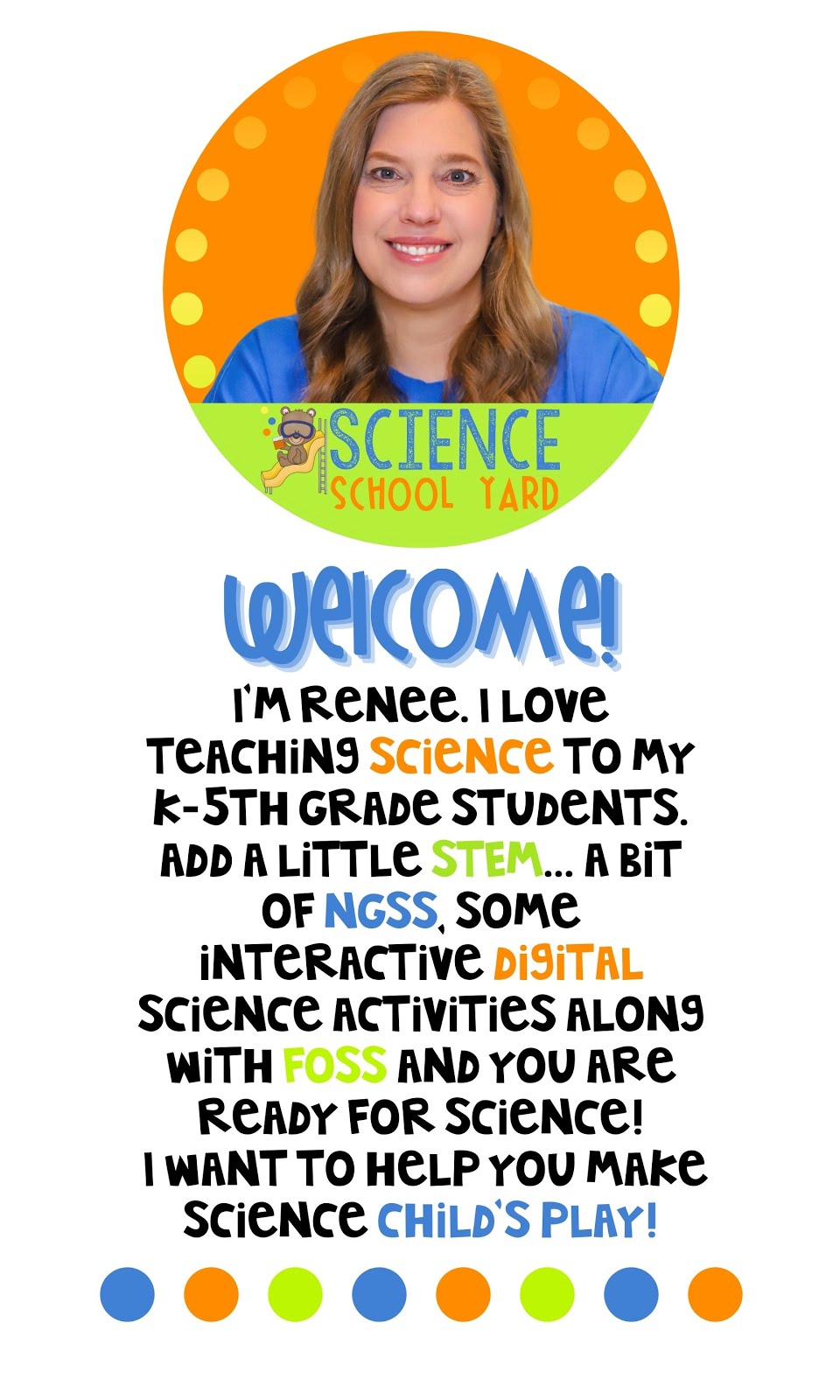For the 28 years I have been teaching our district has used FOSS as our science program. I am using these kits as I teach my kindergarten through fifth grade students. We have build a pretty solid road map that helps us determine what lesson we are teaching per week to each class. As our district adopted the WI science standards which are almost identical to NGSS, we had to create our new road maps to make sure that each of the standards were covered. That meant that we had to look at consolidating lessons, working them into stations, as well as cutting the FOSS lessons that do not meet our new standards.

We wanted to also make sure that we were adding engineering as well as find ways to study vocabulary, assess our knowledge, and gather grades when we only see our kiddos once a week, for an hour! That means we have to be really creative with our time and we had to learn how to make every lesson and moment count! (Not to mention that we are also needing to help our school math goal in science...I will be sharing in my next post how I am attempting to do just that).
I want to share with you a few strategies that we came up with as we kept the FOSS kits, learned to consolidate and create stations, and found creative ways to work in assessment and vocabulary.
Learning To Consolidate:
As we looked at the time we have with each of our students, looked at the fact that we needed to find ways to show their progress, as well as assess them, we had to find a way to create lessons that were meaty and created a way for our students to retain information.
I focused this year on the 5E model of writing my science lessons!
Using my FOSS lessons, I find a way to engage in what we are going to learn that day. I give them part of the experiment as an introduction or way to explore what we are going to be learning or I give them a way to start to investigate the "experiment" that goes along with the FOSS kit. When students are done with their investigations, some tables are done earlier than others, one method to adding other layers to each lesson is to find ways to have students explain their thinking, use a record sheet to write down what they learned and any observations that they made.
 |
| Variables and Castle Storming Station |
One way that I use FOSS as an extension is to have students finish an experiment and then take it up a notch. We learned about variables for an example then we made castles to show what we learned!
Elaboration can be done at their tables or even as stations around the room! I love when my learners can get up and move around, get up and be responsible for their ongoing learning, and continue to focus on not only explaining, but elaborating! This might mean a quick STEM challenge, an extension of the experiment, qr code vocabulary games, digital review lessons that I made for each FOSS unit, or a quick game such as task cards or review!
 |
| Human Body Leg and Kick Ball Station |
If students can get done early, I also add ways for them to continue their learning through games as well! We have to create something at times that can be used to create a fun competition or interactive game to utilize what we are learning at the time! We had to make legs in fourth grade Human Body, why not use what we made to see how our leg muscles react when we kick!
One huge incentive to get done is the ability to elaborate! I also can take the opportunity to help the groups that might need my time, a reteach, or even a way to evaluate their learning!
Setting Up Stations!
Creating stations while using a science kit like FOSS can be a bit time consuming at first, however once you create stations, they can be used over and over again! Check out my
FOSS extensions on TPT if you want to find resources to elaborate!
Station Ideas:
1. vocabulary review
2. experiment sheets
3. assessment
4. ticket out the door
5. digital recordings and picture explanations
6. STEM connections
7. extension sheets
8. math connections
9. Book creator or adobe spark
10. digital activities and review
11. task cards
12. reading connections
13. writing connections
14. maker space
15. meeting with small groups
Stations can be used after your initial introduction lesson. They can also be used to consolidate smaller activities and experiments as well. Finding ways to add stations can help you find ways to meet with groups to check for understanding as well as guide them if they are struggling.
Assessment and Vocabulary Review Stations
A great way to add a quick review is to use games that incorporate vocabulary and questions that we have been asked during an experiment or that they will see on an assessment.
I love using qr codes for a quick review and assessment. QR codes are great because they can check what they know after trying to answer the questions first. They can also have a partner and see who can answer the question first. You can have them answer the questions then use the qr code to review what they know.
I also think ticket out the door is important as a quick way to check for understanding. I use digital sheets that they can place in our Itslearning site (like Google Classroom) or they can air drop their screen shot of their sheet for me to see where they are at. I also check it at the door if we are needing a quick check and go!
Here is the resource that I created and use with my 2nd-5th graders!
Use FOSS in your classroom? Please share any ideas and strategies that you use for extensions, elaborations, and evaluations. We can all use some great ideas!






















![Landforms (Science Readers: Content and Literacy) by [William B. Rice]](https://images-na.ssl-images-amazon.com/images/I/516hK8cfa2L._SX260_.jpg)
























